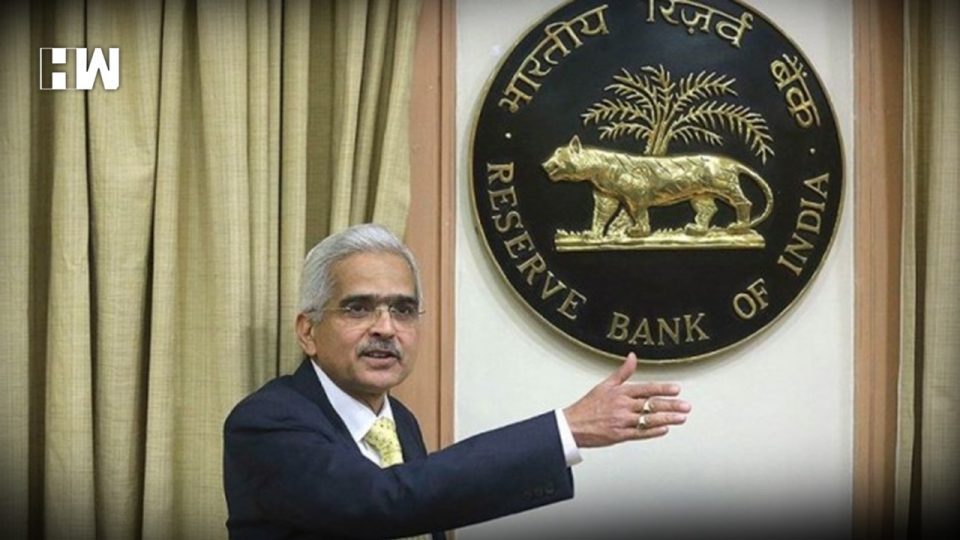RBI will release Rs 50,000 crores to National Bank for Agriculture & Rural Development, Small Industries Development Bank of India, and NHB
MUMBAI| On Friday Reserve Bank of India Governor Shaktikanta Das addressed the media. Its was Das second press meet within a month after announced lockdown. In the press meet the RBI’s Governor announced few measures to boost Indian Economy.
Das announced measures to maintain liquidity in the system, facilitate and incentivise bank credit flows, and enable normal functioning of the market.
RBI sliced the reverse repo rate by 25 bps to 3.75 per cent, making it less attractive for commercial banks to park cash with the central bank. The central bank didn’t tinker with the repo rate, but the governor said the inflation trajectory is likely to fall below its target within a month or two, which will create more policy space for it to better address the challenges posed by the COVID-19 pandemic. “Space needs to be used effectively and in time,” Das said.
The repo rate remains unchanged, the reverse repo rate sliced by 25 bps to 3.75%. This move will aid banks to lend money more, Dai said.
Das announced, “Economy in this pandemic has come to standstill”. To boost economy RBI announced conducting of TLTRO 2.0, with Rs 50,000 crore targeted long-term repo operation. To address the liquidity needs of the NBFC’s and microfinance institutions. Banks will aid with this too lends more and 50% of the money has been earmarked for midsized NBFCs and MFIs.
Governor Shaktikanta Das said the benefits of the earlier TLTRO scheme went largely to PSUs or large corporations. He promised to step up the TLTRO 2.0 should the need arise for making more capital available to the shadow banking and microfinance sectors.
Das said the 90-day non-performing assets norm would not apply on moratorium granted on existing loans by banks.
RBI also eased the liquidity coverage ratio requirement of scheduled commercial banks from 100% to 80% with the immediate effect. LCR refers to the proportions of highly liquid assets held by the bank to ensure their ongoing ability to meet short-term obligations. Its relaxation will free up more capital for the banks to deploy in the market. Das said the announcement will rolled back in two phases in October 2020 and April 21.
RBI Governor also announced a Rs 50,000 crore special finance facility to all India financial institutions such as NABARD, SIDBI, NHB as they are not being able to raise fresh resources from the market due to the tightening of the market.
He said RBI has been very proactive in the wake of the ongoing virus outbreak and the central bank is monitoring the evolving situation closely, adding that India would do ‘whatever it takes’ to stop the coronavirus from spreading. “During our darkest moment, we must focus on the light,” he said.
Taking about the impact of the ongoing lockdown, Das said power demand in the country has fallen 35-30 per cent. But a great use of ATM with 91% operation has been recorded. Mobile banking and Internet banking have been normal. Also, the fall in India’s exports in March was much more severe than the global financial crisis.
Das hoped that robust tractor sales will offset farm labour shortage and a normal monsoon will bode well for rural demand.
As an independent media platform, we do not take advertisements from governments and corporate houses. It is you, our readers, who have supported us on our journey to do honest and unbiased journalism. Please contribute, so that we can continue to do the same in future.

